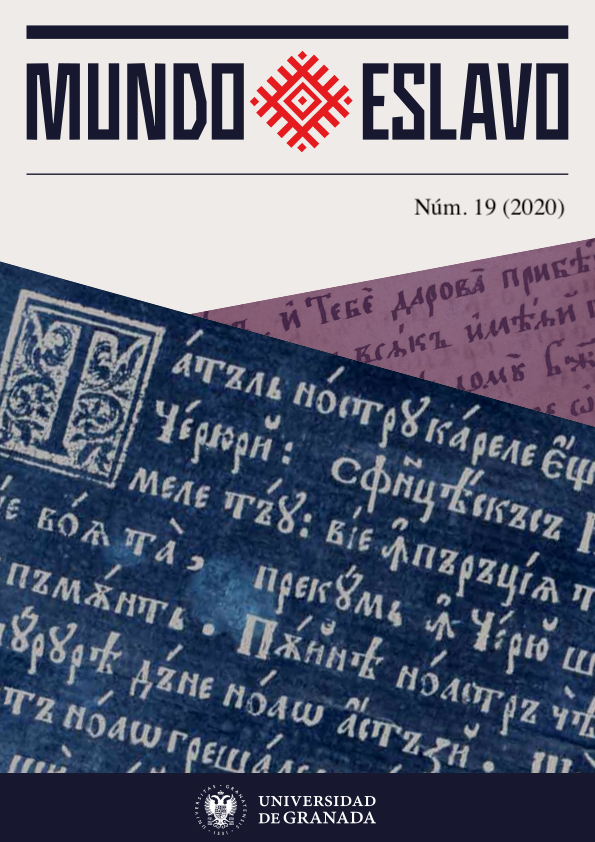Dissident Cyber-Galateas on Screen: A Posthumanist Analysis of Blade Runner and Per Aspera Ad Astra
Palabras clave:
Posthumanism, Per Aspera Ad Astra, Blade Runner, Galatea and Pygmalion, Gynoid, Trans-corporeality.Resumen
This article aims to examine the different posthumanist interpretations of the myth of Galatea and Pygmalion in the films Blade Runner (Scott, 1982) y Per Aspera Ad Astra (Victorov, 1981). The text applies Stacy Alaimo’s (2010) sense of trans-corporeality to the myth in order to analyze the diverging dissenting approaches shown by the gynoid protagonists of both films and employs Rossi Braidotti’s (2012) onto-ethical notion of the “posthuman” as a model to analyze the cyborg characters of the films. Through an exploration of the non-anthropocentric premises inherent to their performativity, nature and discourse, their rebellion’s efficiency is problematized. Firstly, the text addresses the different outcomes of Scott’s replicants, linking their tragic fate to the cultural ecology of the cyberpunk system that they are forced to inhabit. This perspective is put in contrast with Victorov’s depiction of Niia, who, sharing the cybernetic physiology and nature of Blade Runner’s replicants, manages to emancipate herself from the oppressive links that restrain her psyche. Therefore, the main objective of the article is to visualize the way in which these rewritings of the figure of Galatea show audiences a counter-hegemonic perspective of human/nature relationships in which the cyborg’s dissident performativity is not conditioned by their own individual activity but by the context that upholds her.Descargas
Descargas
Publicado
Cómo citar
Número
Sección
Licencia
Los autores conservan los derechos de autor sobre sus trabajos y garantizan a la revista el derecho de ser la primera publicación del mismo. Los artículos se publican bajo la licencia Creative Commons Atribución-NoComercial 4.0 Internacional (CC BY-NC-SA 4.0), lo que permite a los lectores y otros investigadores copiar, redistribuir, remezclar, transformar y construir a partir del material, siempre que se respeten las condiciones establecidas.













